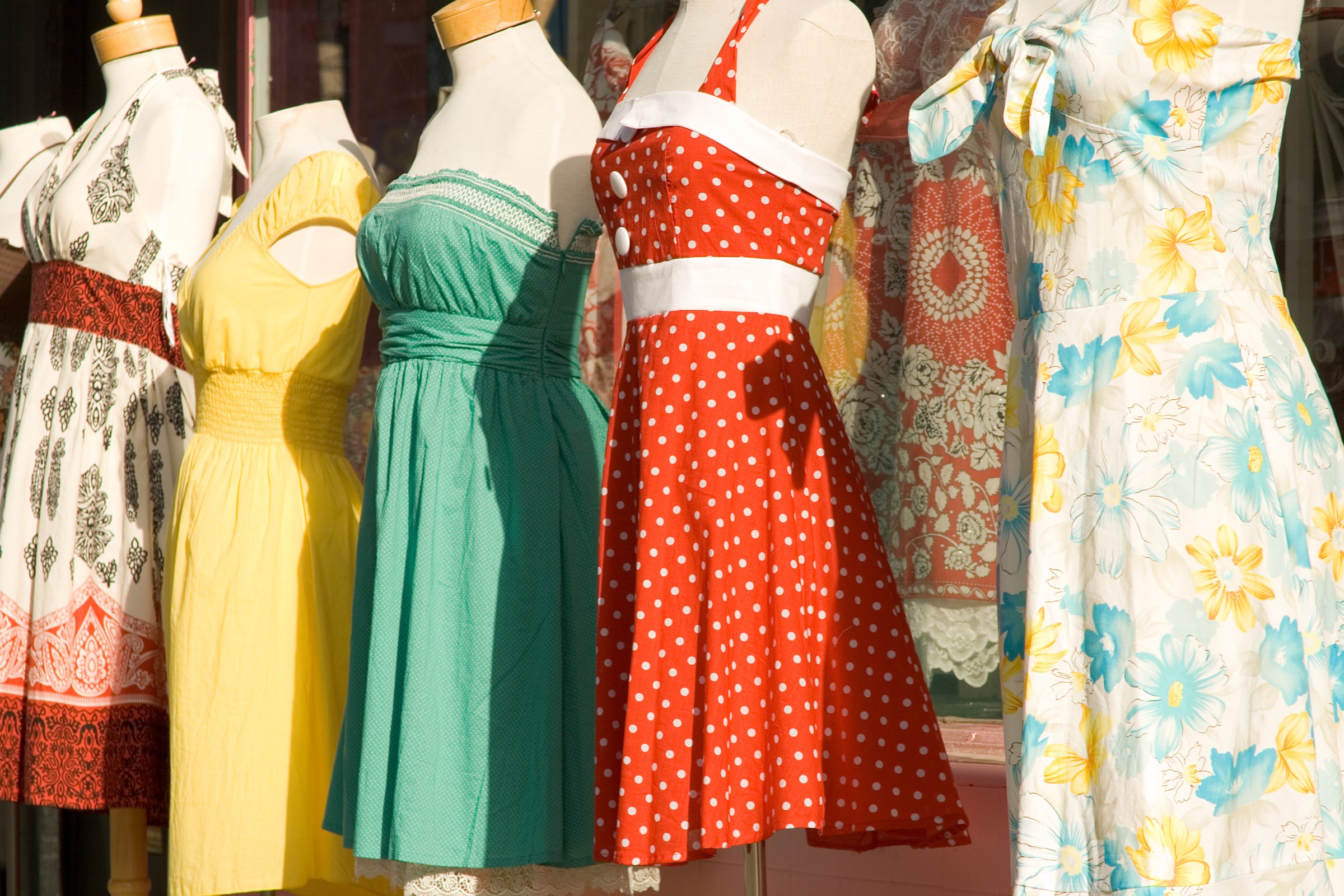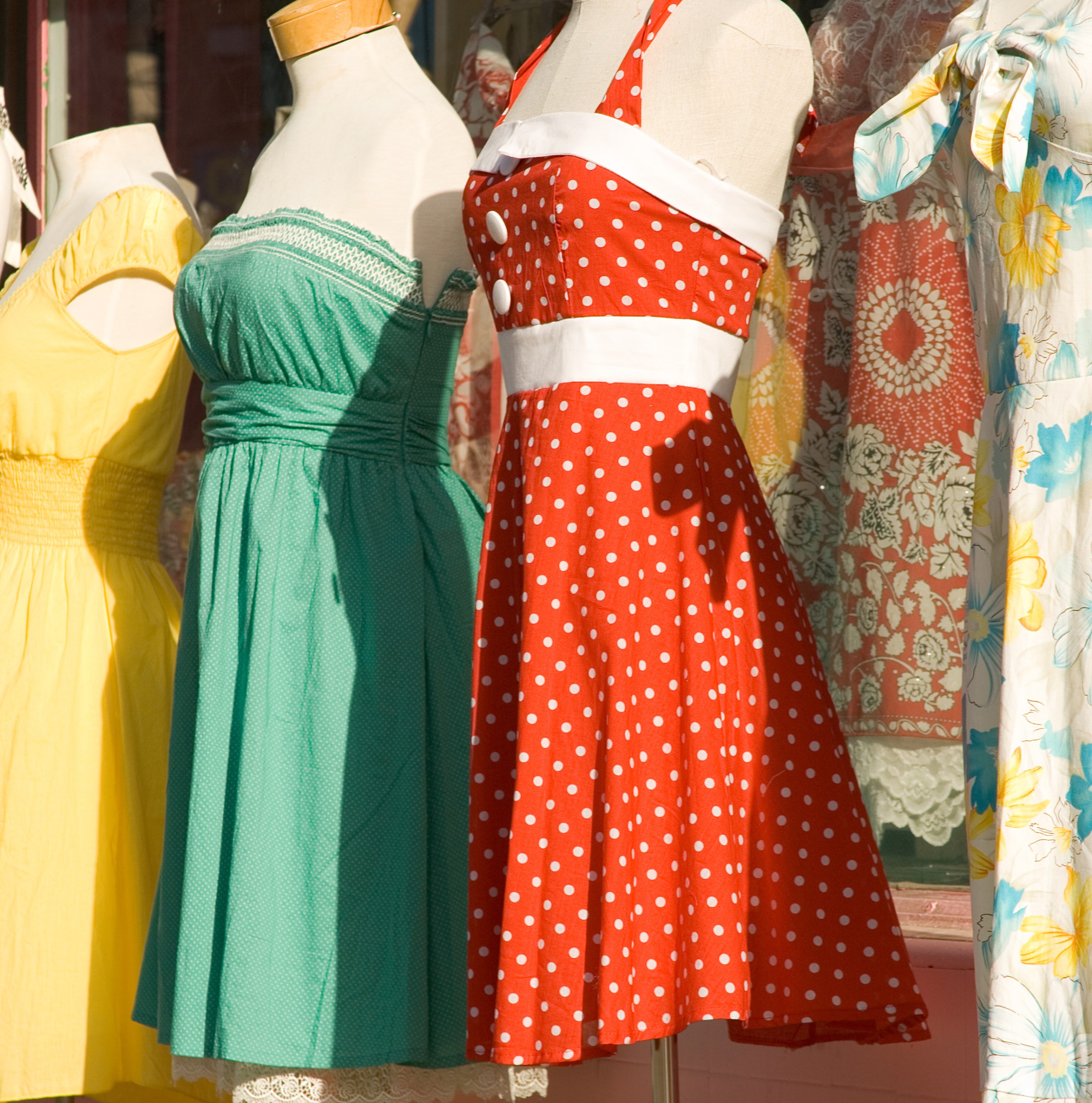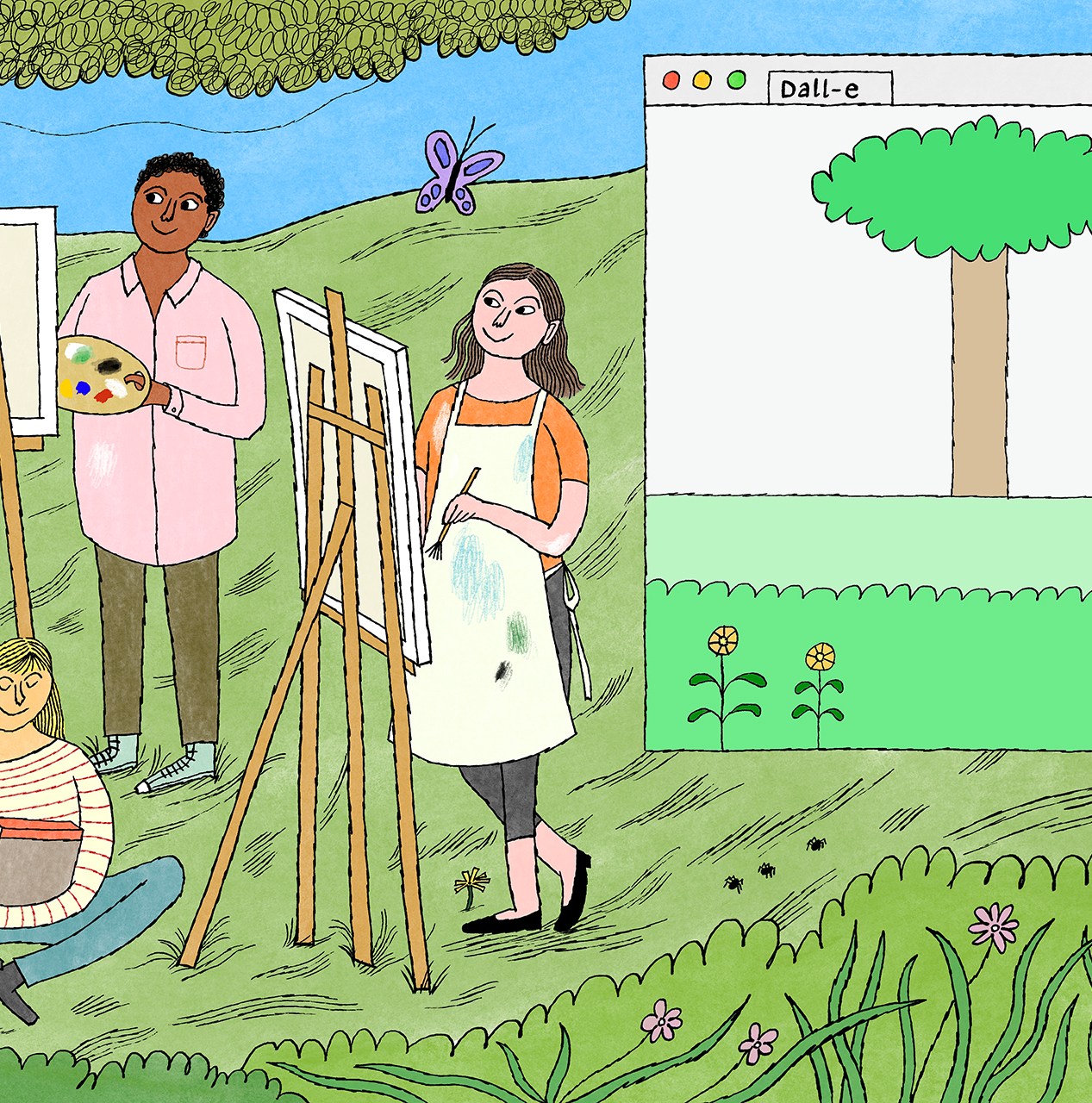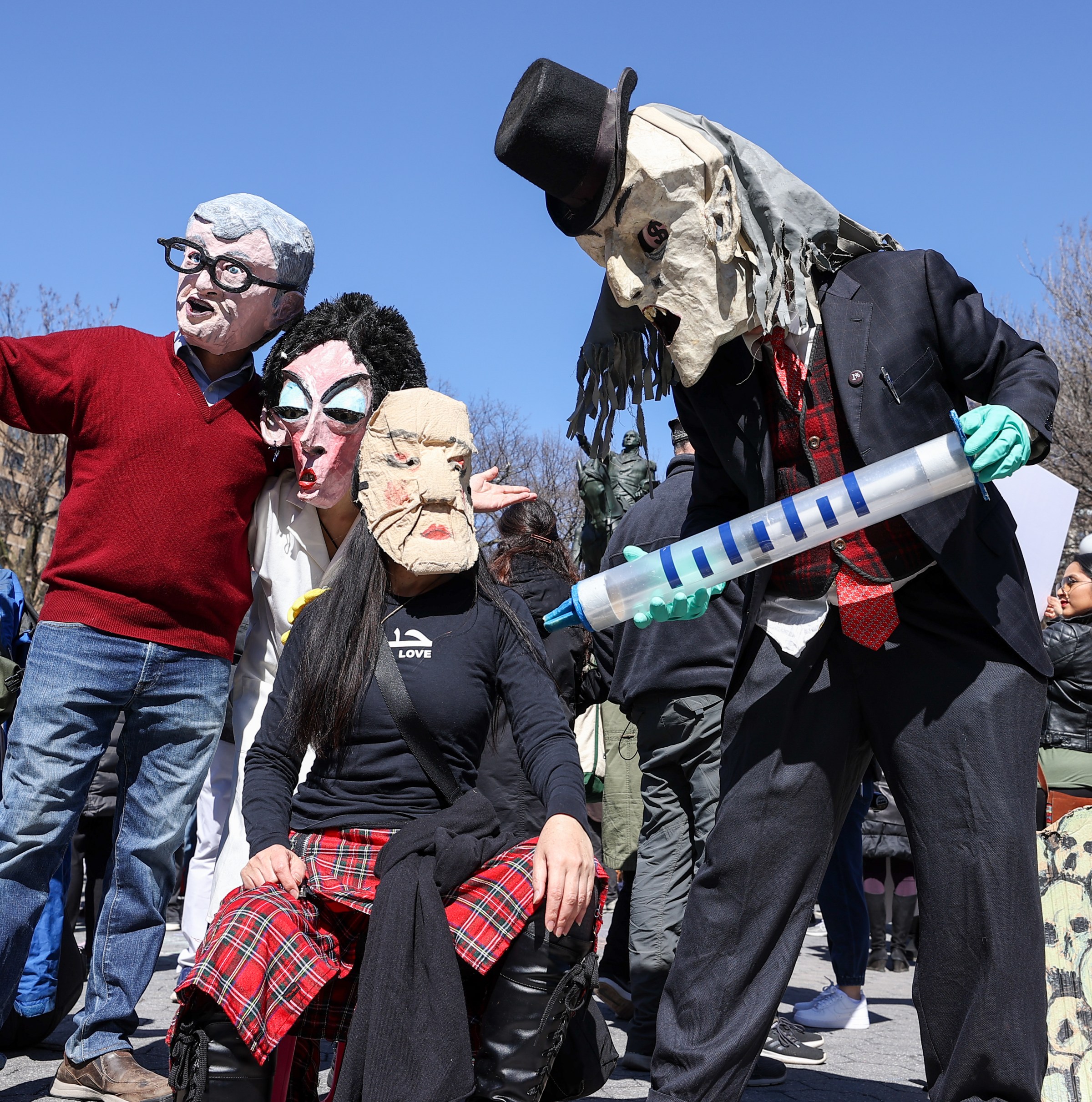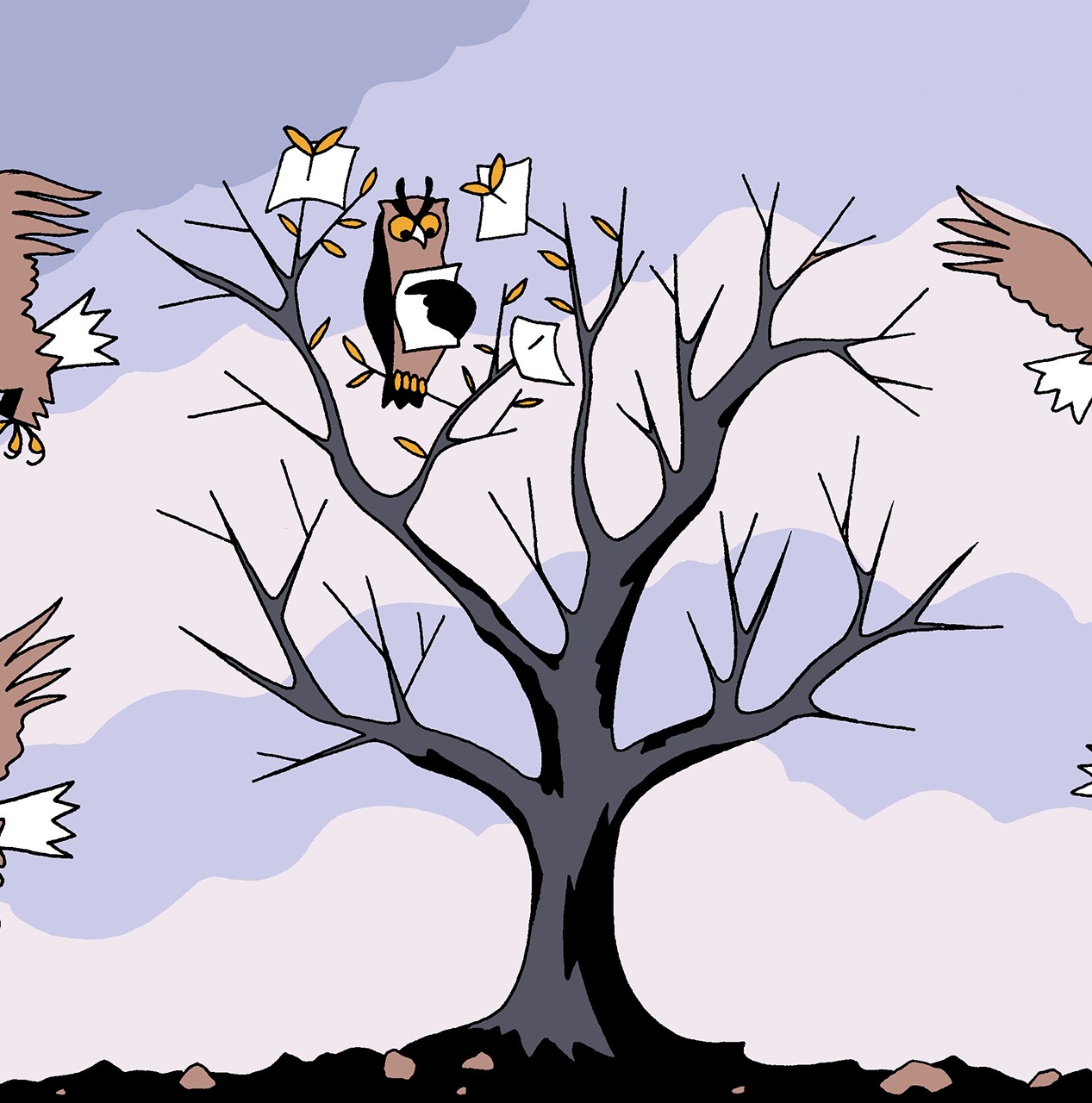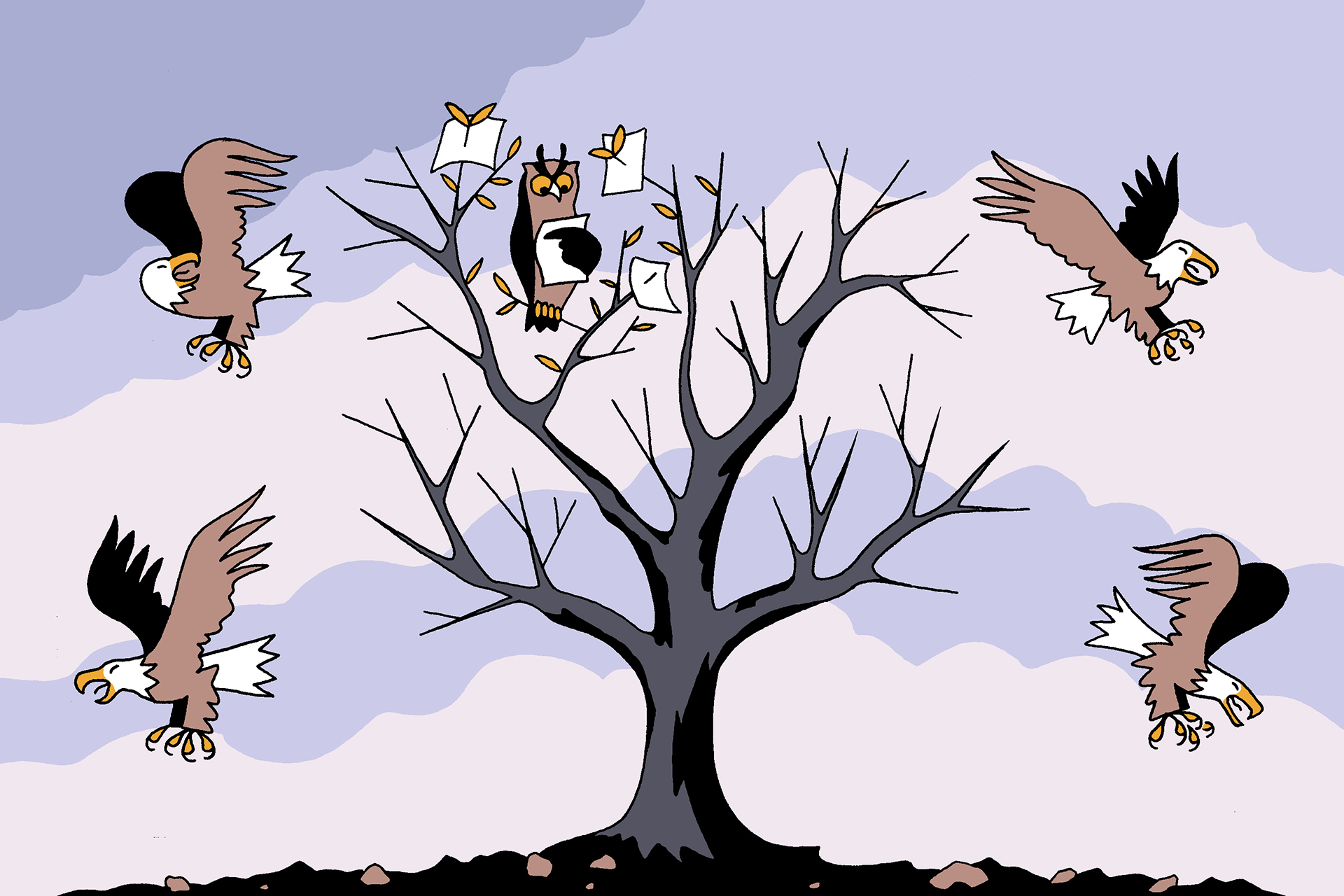As Americans wake up to the wonders of The Great British Baking Show, they're also realizing something else: Nobody on this side of the Atlantic Ocean really knows what any of these desserts are.
British desserts, explained for Americans confused by the Great British Baking Show


Biscuits episode of Great British Bake-Off makes me want an explainer of what British people mean by "biscuit." (cc @libbyanelson)
— Matthew Yglesias (@mattyglesias) November 22, 2015
I've watched too many episodes of The Great British Baking Show to still not know what British people mean by "pudding."
— Ruth Graham (@publicroad) November 12, 2015
So to accompany your Thanksgiving viewing of the greatest baking competition of our time, here's a guide to what they're actually talking about. The differences between what British people and Americans mean by "pudding" and "biscuit" might sound silly. But underlying those differences are longstanding cultural divergences that explain not just why the two nations call food different things, but why they eat so differently.
The two meanings of "pudding"
"Pudding" can refer generically to the sweet, final course of a meal, what Americans know as "dessert." (Because it's the UK, this has class implications. Nancy Mitford, in a famous essay comparing the speech of upper-class Britons with everyone else, categorized "pudding" as used by the elite and "sweet" as used by the proletariat.)
But a pudding can also be a specific dish — and a British pudding still isn't the same as an American one. American puddings are closer to what the Brits would call "custard."
A British pudding is a dish, savory or sweet, that's cooked by being boiled or steamed in something: a dish, a piece of cloth, or even animal intestine. The earliest puddings, in this sense of the word, were sausages; black pudding, a type of sausage made with pig's blood, is sometimes included in a traditional English breakfast.
Other puddings are sweet, such as spotted dick — a sort of steamed cake with currants that's barely sweet and, like many puddings, flavored with suet, or beef fat, rather than butter. Jam roly-poly, or roly-poly pudding, is traditionally steamed; it consists of a pastry made with suet, spread with jam, and rolled up.
And just to make things a bit more confusing, some dishes are referred to as "puddings" that are sometimes baked but formerly were boiled or steamed. The best example is sticky toffee pudding, a date cake with caramel sauce that's traditionally steamed but is now often baked. (It also might originally be Canadian, not British.)
Americans are the outlier on how we use "biscuit"

American biscuits are small, fluffy quick breads, leavened with baking powder or buttermilk and served with butter and jam or gravy. They are close to what the British would call scones. But American scones are different, because nothing about this is uncomplicated.
To most of the rest of the English-speaking world, a biscuit is what Americans would refer to as either a cookie or a cracker. Biscuits can be sweet (shortbread) or savory. They're baked in the oven, and they're crisp, not chewy. That's why the biscuit challenges on The Great British Baking Show usually include both sweet biscuits and savory ones.
What about chewy cookies, like chocolate chip or snickerdoodle? These aren't nearly as common in the UK as they are in the US, but when they're made there, they're still called cookies.
As the Oxford Dictionaries blog put it:
So you’ve got it, right? A British biscuit is an American cookie and an American cookie is a British cookie and an American biscuit is a British scone and an American scone is something else entirely. Simple!
Basically everything is called something different, actually

Cooking vocabulary is a place where American English and British English tend to diverge a lot. If you frequently read British recipes or cookbooks, you're constantly coming up against references to aubergines (eggplants), mangetouts (snow peas), courgettes (zucchini), coriander (cilantro), sultanas (golden raisins), and rocket (arugula).
In savory foods, these differences often reflect patterns in immigration and cultural exchange. The British terms are usually French, while the American versions are influenced by Italy: zucchini and arugula came to the US with Italian immigrants, who brought their words for it; in the UK, they were more likely to come across the channel.
The same divergence happens with terms for desserts. British toffee is American caramel. American bar cookies are British traybakes. British scones are less buttery and less sweet than American scones, although they go by the same name.
In the US, a flapjack is a less common way of saying "pancake"; in the UK, it's a chewy, sweet granola bar. What the English call a pancake is what Americans would call a crepe, and American pancakes, which are fluffier and more leavened, are called "American pancakes." (Scottish pancakes, on the other hand, are fairly close to American pancakes.)
In this case, the US and the UK used to use the same words, and it was the British who diverged: Americans have said "flapjack" since Colonial times, and the word used to refer to flat cakes, much like pancakes, in the UK as well. It wasn't until the 1930s when the UK began referring to oat cakes instead.
But it's not just the words — the desserts themselves are different

The most interesting differences on The Great British Baking Show don't show up in what the baked goods are called. They're in what the contestants are baking in the first place.
Some of savory challenges, and the pastry challenges that are more influenced by French than British traditions, are fairly recognizable to an American audience. But the traditional British desserts are very different from traditional American desserts, and The Great British Baking Show is really just scratching the surface here.
Nearly all classic British desserts (Serious Eats has a great guide to them) are rarely eaten, if at all, in the United States. The most common reference for trifle is an episode of Friends. Eton mess is a mixture of meringue, strawberries, and cream named after one of the UK's most exclusive schools. Banoffee pie is so sweet that it's sometimes blamed on America, but the mixture of bananas, caramel, and whipped cream in a graham cracker crust is in fact British through and through. Even familiar baked goods like cake tend to be a little different — sponge cake plays a prominent role, sometimes rolled up into a Swiss roll, sometimes checkerboarded in different colors for a Battenberg.
American and British desserts are so different because sugar became more cheaply available after the US won its independence in the late 18th century. British cuisine in general didn't strongly influence American cuisine, at first because the available ingredients in Colonial times were fairly different even if the underlying techniques were similar. Traditional British food, when it's good, depends on readily available ingredients that are simply prepared. Beginning in the 19th century, the French — with their fancier sauces and pastries — dominated professional cooking.
Many British desserts are from later generations, and so the answer to why Americans don't eat British desserts is the same as why we don't really eat fish and chips or mushy peas — British food is different in part because it's one of the few types of British culture that hasn't left much of a mark on the modern US. So if The Great British Baking Show makes you crave a Victoria sponge or a banoffee pie, you may be out of luck.
Further reading:
- British Food History on puddings, with an addendum
- Separated By a Common Language tries to answer what the British would call American pudding
- Anglotopia has more on the history of puddings
- A history of pancakes from National Geographic
- How pancakes differ around the world
- More on the difference between British and American scones


